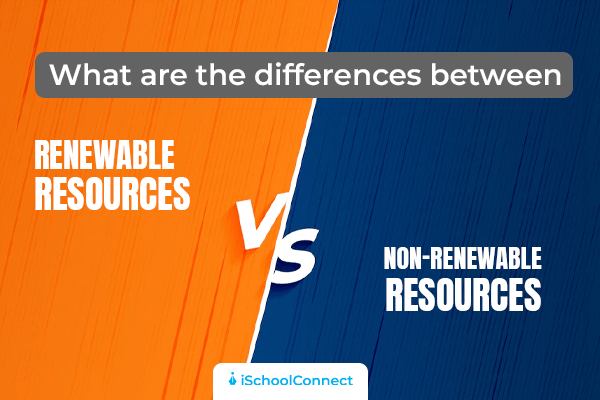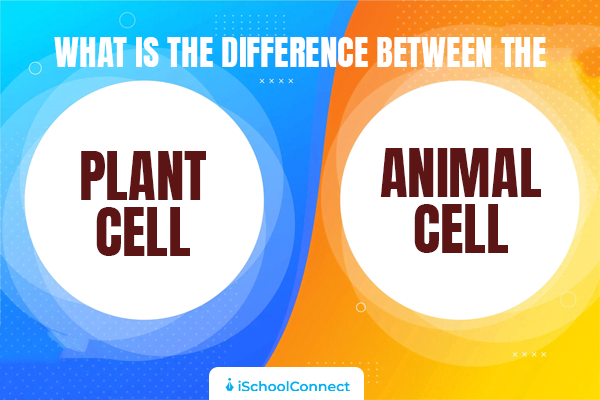Table of Contents
Every day, we conduct science experiments, questioning ourselves with an ‘if’ followed by a ‘then’ and watching what happens. Perhaps it’s as simple as taking a slightly different route home or heating that pizza for a few seconds longer in the microwave. Finally, our ability to discover anything is based on this striving, questioning spirit. Through the pursuit of science, we have been able to dive deeper into the essence of reality thanks to our willingness to experiment.
What is the purpose of science experiments?
From middle school to college, students come across various experiments. Each experiment holds a specific value. Even if that experiment was unsuccessful, it gives us something to ponder. Science can drive people to think about their decisions in a fraction of a second. The ability to think is the basis of science experiments. Nothing can be achieved if you do not have a clear view.
Experiment plays a significant role in science. One of the roles is to put theories to the test and provide a foundation for scientific knowledge. Experiments can also call for a new theory by demonstrating that an accepted theory is incorrect or displaying a modern phenomenon requiring explanation.
Here are the top 4 experiments of all times
Isaac Newton Eyes Optics

Experimental outcome- The nature of color and light
When- 1665-1666
Before he became Isaac Newton, the internationally acclaimed inventor of the laws of motion, calculus, and universal gravitation, Isaac had much free time. To avoid a disastrous plague outbreak in his college town of Cambridge, Newton retreated to his childhood home in the English countryside. There, he experimented with a prism he bought at a local fair.
When sunlight passes through a prism, a rainbow, or spectrum, of colors appears. During Newton’s time, common belief held that light, such as sunlight, reflects the color of the medium through which it passes. Unconvinced, Newton conducted a prism experiment, demonstrating that color is an inherent property of light. This ground-breaking insight established the field of optics, which is now fundamental to modern science and technology.
Newton performed the delicate experiment with skill. He pierced a hole in a window shutter, allowing a single beam of sunlight to pass through two prisms. Newton demonstrated that different colors refracted, or bent, differently through a prism by preventing some of the resulting colors from reaching the second prism. He then took a color from the first prism and passed it alone through the second prism. The fact that the color remained unchanged proved that the prism did not affect the ray’s color. It made no difference what medium was used.
Thought experiment by Galileo
Galileo used thought experiments to validate his theories in the 17th century. One example is his theoretical experiment in which two balls, one heavy and the other light, are dropped from the Leaning Tower of Pisa. Previously, philosophers predicted that the heavy ball would land first. This, according to Galileo, is false because mass does not affect acceleration.
According to Galileo’s early biography (written in 1654), he dropped two objects from the Leaning Tower of Pisa to refute the gravitational mass relation hypothesis. Both landed at the same time, introducing a new perspective on gravity. Because it is unknown whether Galileo experimented himself, it is considered a thought experiment rather than a physical one.
Gregor Mendel develops Genetics

Experimental outcome- The fundamental rules of genetic inheritance
Time- 1855-1863
Mendel demonstrated a talent for the physical sciences, despite his farming family’s limited financial resources for education. In 1843, he joined the Augustinian order, a monastic group that emphasized research and learning, on the advice of a professor.
When Gregor arrived at a monastery in Brno, he quickly began spending time in the garden. Fuchsias drew his attention in specific, their daintiness hinting at an underlying grand design. The fuchsias most likely inspired him to conduct the famous genetic experiments.
He had been crossing different varieties of fuchsias, attempting to obtain new colors or color combinations. He had obtained repeatable results, implying that some law of heredity was at work.
With his pea plant cultivation, these laws became clear. Mendel dabbed pollen from one plant to another with paintbrushes for over seven years, accurately pairing thousands of plants with specific traits. He extensively documented how mixing yellow and green peas, for example, always resulted in a yellow plant.
However, mating these yellow offspring resulted in a generation in which a quarter of the peas glowed green again. Mendel coined the terms dominant (the yellow color in this case) and recessive for what we now call genes, which Mendel referred to as ‘factors’ because of ratios like these.
Lucid Dreams by Daniel Morris, Benjamin Baird
Lucid dreaming was first mentioned in the manuscripts of Greek philosopher Aristotle in the fourth century B.C.E. Scientists have been observing it in experiments about the rapid eye movement (REM) phase of sleep, when most dreaming occurs, since the 1970s. One in every two people has had at least one lucid dream, and about 10% of people have it once a month or more.
Cognitive neuroscientist Benjamin Baird of the University of Wisconsin, Madison, who specializes in sleep and dreams but was not involved in the study, claims that this work challenges the fundamental definitions of sleep. According to him, sleep has traditionally been defined as a state in which the brain is disconnected and unaware of the outside world.
The researchers first taught participants how to recognize lucid dreaming by explaining how it works and demonstrating cues such as sounds, lights, or finger tapping. They would present this while dreamers slept. The idea was that those cues would alert participants to the fact that they were dreaming.
Nap sessions were scheduled at various times, at night, when people would typically go to bed, and sometimes early in the morning. Each lab used a unique communication method with the sleeper, ranging from spoken questions to flashing lights.
According to Baird, sleeping ‘conversations’ may also assist the dreamer in solving problems, learning new skills, or even coming up with creative ideas.
Key takeaways
- Your everyday life involves implications of science and reasoning. Science forces us to think before coming to conclusions and helps with our decisions.
- It is said that science experiments have been part of life, dating back to 1021.
- Science has abundantly contributed to humans with exceptional scientific experiments by Newton, Galileo, Mendel, and more.
- Liked this blog? Read next: Is it rocket science? Yes, it is!
FAQs
Q1. Who invented radioactivity?
Answer- Henri Becquerel invented radioactivity in 1896.
Q2. What are the easiest science projects for school students?
Answer- Mentos and diet soda fountain, slime science project, and easy invisible ink project are some of the easiest science projects for students.
Q3. Who invented math?
Answer- Archimedes, the father of mathematics, invented math.






